By: Vugar Aghayev, Special Correspondent of AZERTAC in Indonesia
What happened on 20 January 1990 was an act of terror by a totalitarian regime. The crime committed against the Azerbaijanis is, in fact, a crime against mankind, against humanity.
The people were infuriated by the territorial claims and aggressive acts of Armenia, backed by the then Soviet officials, against Azerbaijan, as well as by the anti-nationalist behavior of the local authorities.
Azerbaijanis were being expelled from the land where they had lived for centuries. Since 1988 the national movement for liberty grew. This was a protest against the policy of the USSR and, as a result, for the independence of Azerbaijan. Thousands of people protesting against the policy of the USSR held demonstrations all day long in the central square (now Azadliq or Freedom Square) and the streets of Baku.
Also Read: Nuclear Technology: Harm and Benefit from the Qur’anic Perspective
On 18 January 1990, the Presidium of the Supreme Soviet of the USSR issued a decree “On the realization of the extraordinary situ-action in the city of Baku since 20 January”, which had not been co-coordinated with the parliament of Azerbaijan and the purpose was to choke the people’s voice, to stop the demonstrations and the movement.
Later on the night of 20 January, a big contingent of the USSR Armed Forces was sent onto the streets of Baku. As a result, the Soviet Army committed a horrible crime against the Azerbaijani people. That night the Soviet Army displayed particular cruelty against the people. They remember using chemical weapons, shooting at ambulances and wounded and mutilated dead bodies.
According to official sources, as a result of this aggressive act, which was against the principles of international law, democracy, and human values, 131 people died, 774 were wounded, 400 were imprisoned and four went missing.
During the tragedy, the courageous sons of the Azerbaijani people who stood up for the motherland’s dignity, honor, and freedom became martyrs. The day after the tragedy, despite the pressure of the Soviet Army, people on the streets displayed their hatred both for those who had enforced the clampdown and for the Communist Parties of the USSR and Azerbaijan. On the night of the tragedy, the leader of the republic, fearing the people’s anger, escaped to Moscow. Azerbaijanis living in Moscow arranged a meeting about the tragedy.
Also Read: Gaza Cries Out, the World Stays Silent: A Wounded Humanity
At that time Heydar Aliyev was living in Moscow and he came to Azerbaijan’s permanent representation and presented his condolences to the people of Azerbaijan. In a speech, he emphasized that the initiators of the tragedy were the then officials of the USSR and Azerbaijan, and they had done nothing to calm the people down. Heydar Aliyev, who considered this tragedy a crime against the Azerbaijani people, emphasized that the initiator’s Martyrs’ monument, Baku Martyrs’ monument, Baku bore responsibility for it and should be properly punished.
The Azerbaijani people buried the martyrs, who perished on 20 January for the independence of the country, in Mountain Park, the highest spot in Baku. Since then this place has been called Martyrs’ Avenue and people mark 20 January as a National Day of Mourning.
The Martyrs’ Avenue is the most sacred place for every Azerbaijani. Every year millions of Azerbaijanis visit Martyrs’ Avenue and lay carnations on the graves. This ceremony begins in the early morning when the president of the Republic and representatives of foreign countries lay wreaths at the eternal flame.
Traditionally, the head of state, accompanied by guards of honor, approaches the monument erected to commemorate the martyrs, lays the wreath, bows, and keeps a minute’s silence. Then officials of the diplomatic corps, dignitaries, and martyrs’ relatives offer their condolences to the president.
The Azerbaijanis visit Martyrs’ Avenue until midnight. All national TV channels broadcast directly from the Avenue. On that day all tube stations and public transport to Martyrs’ Avenue operate free of charge in order to allow the crowds to move freely. According to official protocol, every guest or delegation paying a visit to Azerbaijan begins their journey by visiting the Avenue.
Also Read: Indo Defence Expo and Forum; Sharing Responsibility of Humankind and Environment
The Azerbaijani people named a tube station after 20 January, near the place where the tragedy occurred (before this the tube station was named after the 11th Army that committed the atrocity). The interior of this station reflects compositions by well-known Azerbaijani artists, who painted various scenes from the tragedy, and red carnations, the symbol of 20 January. That day the tube station of 20 January and nearby streets, pavements, and walls, which were riddled with bullet holes where civilians have shot end masse, is covered with pink carnations.
Historical facts have shown that the Azerbaijani people did not lay the blood of the martyrs of January 20, fulfilled their desire for freedom, recaptured the occupied lands. Under the leadership of national leader Heydar Aliyev and President of Azerbaijan Ilham Aliyev, it achieved rapid economic development to strengthen its independent and sovereign state, creating the most powerful army in the South Caucasus. Adhering to the spirit of our martyrs, the goal of their lives, continued long-term negotiations for the peaceful return of the lands.
Unfortunately, the Armenian invaders did not understand Azerbaijan’s intention to resolve the issue through peaceful negotiations, based on the principles of humanism. Considering this the weakness of the other side, he tried to master those lands by prolonging the time. He even exceeded the limits and announced that he would occupy new areas. To this end, he continued provocations both on the line of contact and on the Azerbaijani-Armenian border.
The next provocation committed by the Armenian army in the line of contact on September 27, 2020 – the firing of the positions of the Azerbaijani Armed Forces and the houses inhabited by civilians exhausted the patience. The glorious Azerbaijani Army attacked and liberated the occupied territories in a very short period of time, for a total of 44 days. He brought the enemy to its knees, destroying Armenia’s declared an invincible army all over the world and the fortifications. Armenia was forced to appeal to Russia to mediate and express its readiness to sign the act of capitulation.
Also Read: Safiya Saeed: From Somali Migrant to First Hijab-Wearing Mayor of Sheffield
Today, for more than a year, Azerbaijan has been working for great restoration and construction in the liberated areas under the leadership of President Ilham Aliyev, the Commander-in-Chief of Victorious Army, a favorite hero of the people. Cities and villages destroyed in these areas as a result of Armenian vandalism, the necessary infrastructure is being rebuilt in accordance with the most modern requirements. These huge projects give great hope that the great return of the Azerbaijani people to the homelands will begin soon. It also reaffirms that on the night of January 20, 1990, the blood of our martyrs, who sacrificed their lives for the freedom and territorial integrity of Azerbaijan, did not flow in vain.
On 20 January 1990, though the Azerbaijani people suffered military, moral, and political aggression, they displayed their ability to maintain the traditions of historical heroism and resist the cruelest attacks for the sake of the freedom and independence of the motherland, even becoming martyrs. The sons of the motherland perished on 20 January 1990 while defending the freedom and independence of Azerbaijan and by their bravery made a vivid history in the chronicle of the heroism of our country. And today the Azerbaijanis are proud of those who are ready to perish for the sake of the people’s national identity. On 20 January Martyrs’ Avenue looks like a sea of carnations, but from a distance the image is horrifying. (AK/RE1)
Mi’raj News Agency (MINA)
Also Read: Why Food Safety is Essential During Hajj Services?





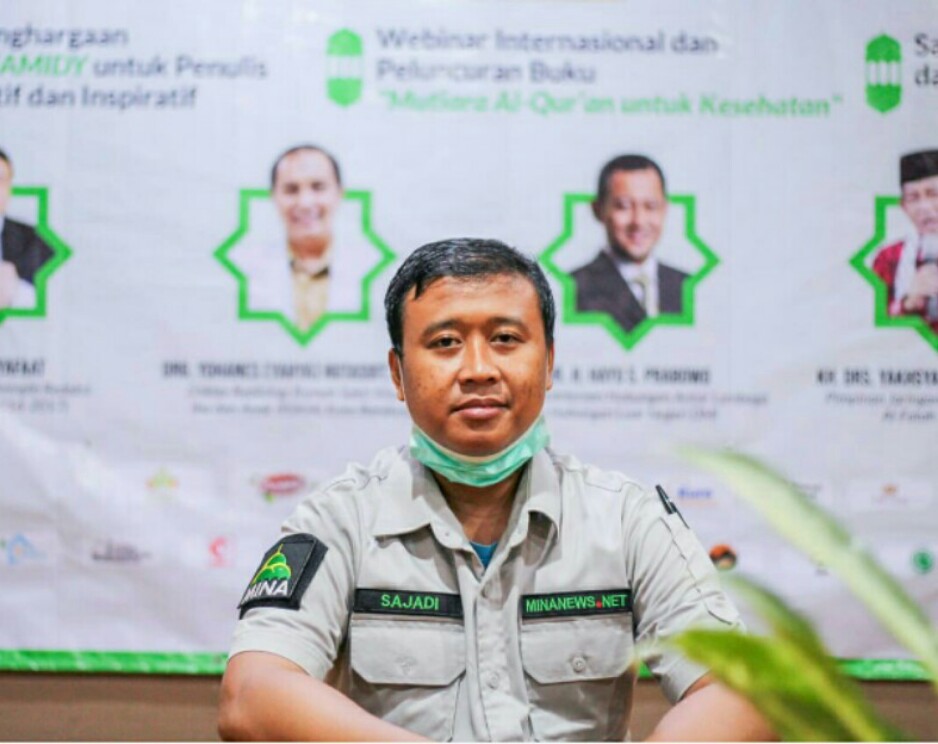


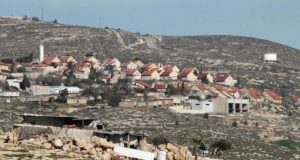
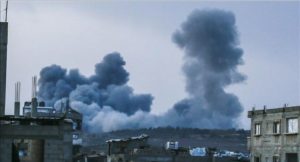
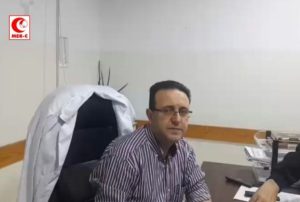

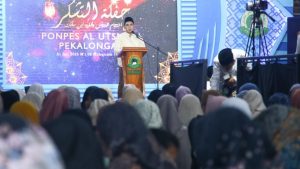
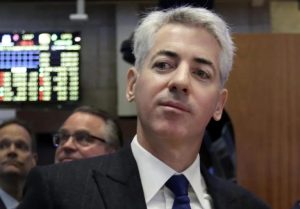

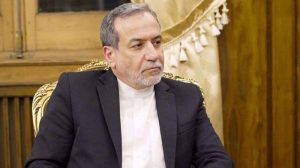


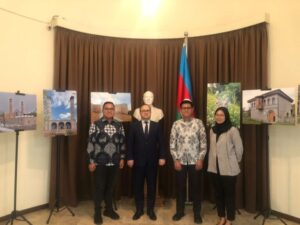

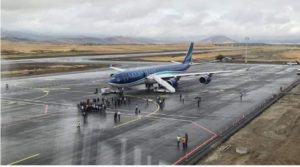
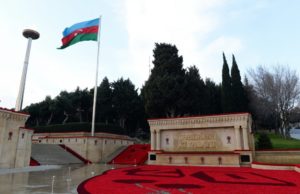



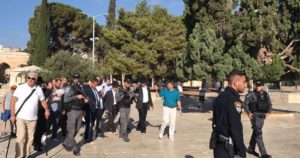

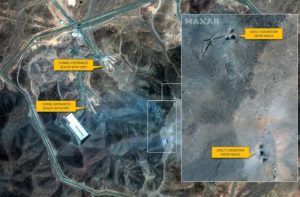
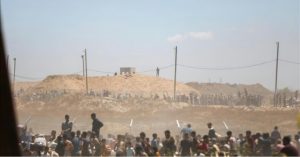
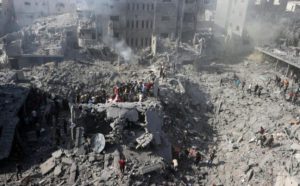

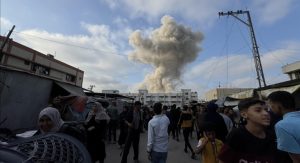
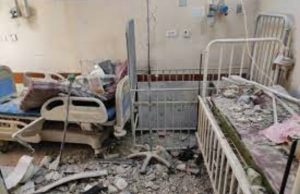



 Mina Indonesia
Mina Indonesia Mina Arabic
Mina Arabic